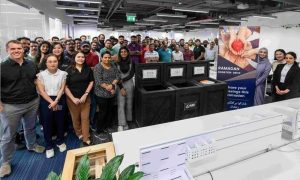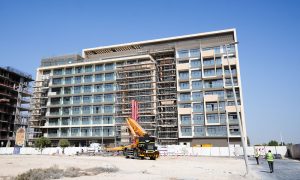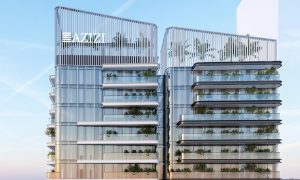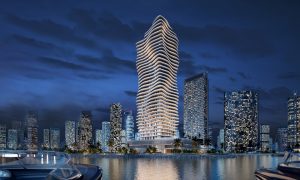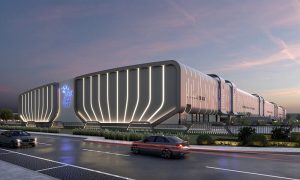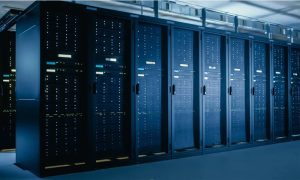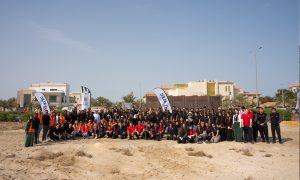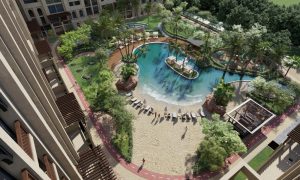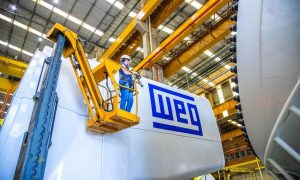Is Dubai’s property glut a boon or bane for investors?
Madhav Dhar, co-founder and COO of ZāZEN Property Development, looks at what the oversupply in Dubai’s property market, could mean for the future of the sector

As His Highness Sheikh Mohammed Bin Rashid Al Maktoum once said, “the race for excellence has no finish line”. Today, this statement firmly shows the commitment and vision that made Dubai an international hub of investment and predicts what’s coming for the next 20 years.
The Journey of Dubai
A critical turning point in Dubai’s fortune was the discovery of oil in 1966 under the leadership of His Highness Sheikh Rashid al Maktoum, setting the foundation of the meteoric growth that Dubai has seen in the last five decades. Today, this booming city has the world’s largest tower (Burj Khalifa), is ranked in the top 10 safest cities in the world and boasts best-in-class infrastructure, facilities and a thriving tourism industry. It also has country-wide charities like Dubai Cares and Noor Dubai, that work tirelessly in the upliftment of the underprivileged.
Not only did the city rise as a tourist destination but it also became a focal point of investment in the Middle East. Back in 2014, Dubai received an investment of $ 29.7 billion from 41,000 investors in the real estate sector alone. Naturally, this flood of investment and the sky-high demand for prime residential units pushed Dubai to construct round-the-clock.
Transformed from barren land to fully developed Downtown Dubai, Dubai Marina, Business Bay and Jumeirah Beach Residences (JBR), these high-end residential communities developed fast and were sold out even faster, at sky-high prices. Downtown Dubai offers 100+ buildings and 10,000+ homes. In 2018, Dubai Marina was home to 50,000+ residents in a stretch of 2 miles. All these communities have a majority of projects that are a decade old with very few new ones coming up. These projects, which were once full of potential, are now thriving hubs, full to the brim.
Since then, new ‘budget conscious’ communities have sprouted up. Areas like Jumeirah Village Circle (JVC), Jumeirah Village Triangle (JVT), and Arjan saw a skyline full of cranes. More pocket-friendly investment options for families that wanted newly built homes that are still close to the centre of the city.
The Current Scenario
Most of the prime locations across Dubai are now over utilised. The non-stop construction in addition to the COVID-19 pandemic has led to a property glut, bringing down average real estate prices in Dubai significantly.
Compared to mid-2014, the property prices in Dubai are approximately 27% lower, from $4,400 per square metre to $3,300. A market that peaked 7 years ago is now up for grabs at very reasonable prices, due to the drop in oil prices, general geopolitical changes and now the pandemic.
With that being said, in 2020, Dubai recorded sales of over $48 billion in real estate transactions, despite the pandemic and economic uncertainties. Last year, as published by Bloomberg, developers delivered more than 39,000 homes. The estimate for this year is 53,000, however, only 50% is expected to be realized.
So, what does all this tell us? Is Dubai’s property glut a boon or a bane for investors?
Well, it depends on where you, as an investor, stand currently. People who invested in 2014 are definitely feeling a pinch but the strong rental income at that time would have helped recover most of their investment already.
Today’s market, however, is rare. It is currently in that sweet spot of investment, owing to low prices, the promising future of Dubai, its infrastructure, and the proactive reaction to the pandemic in protecting its citizens and residents.
What the Future Holds
Once the world steps into the post-COVID-19 era, these low property prices are bound to rebound, especially considering the new 2030 and 2040 plans announced for Dubai.
The Dubai Industrial Strategy 2030 aims to elevate the city into a global platform for knowledge-based, sustainable and innovation-focused businesses. The strategy is projected to help generate an additional $43.5 billion by 2030.
The Dubai 2040 Urban Master Plan maps out a comprehensive plan for sustainable urban development in Dubai. It focuses on enhancing people’s happiness and quality of life and reinforcing Dubai as a global destination for citizens, residents, and visitors over the next 20 years.
The Master Plan aims to encourage mass transit use, walking, cycling and the use of flexible means of transportation. The plan also seeks to develop integrated sustainable housing complexes to meet the needs of citizens.
Integrated communities will be developed according to the highest planning standards, with green spaces, commercial centres and recreational facilities aimed at enhancing human well-being. One of the communities already working towards similar goals is JVT. From shopping malls and tennis courts to community-centred activities for kids and adults, JVT combines modern developments and great communities.
Our first project, ZāZEN One, is built with these ideals in mind. With high-quality finishings, large living spaces and multiple common facilities to complement what JVT already has to offer, ZāZEN One also offers residents open spaces and solar power generation.
If you are seriously considering buying real estate in Dubai, now is the best time to invest. Prices are low, infrastructure is world-class, you have multiple options to choose from and thanks to the current leadership, the future of the city is very bright.
